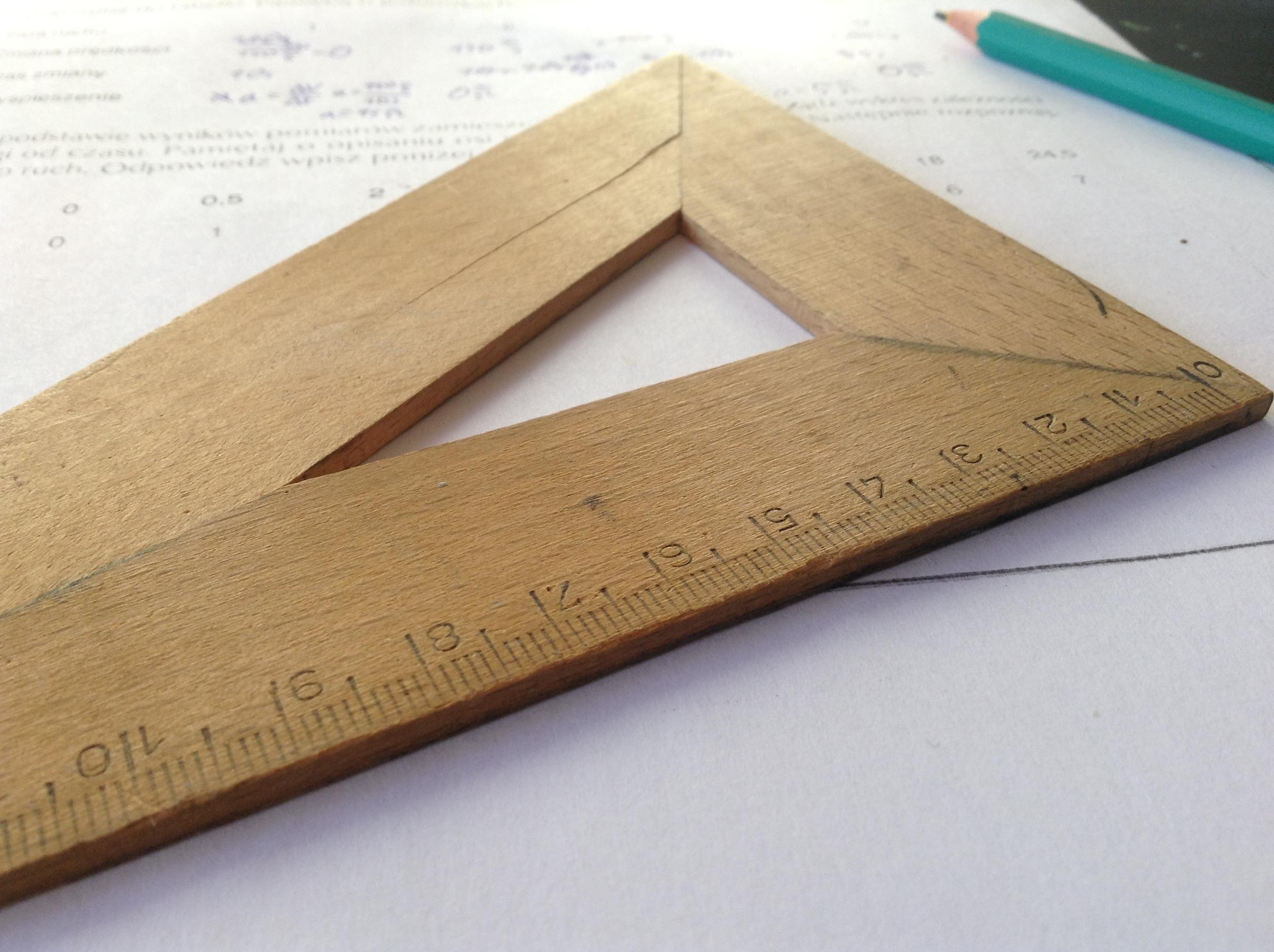Numeracy

Multiplication and Division
Many of our students have begun learning about Multiplication and Division this term.
Some great ways you can help your children to understand Multiplication and Division at home are:
- Apply sharing concepts to dramatic play using toys. Examples include: making rows of seats on a bus or in a theatre, sharing food in home area or making ‘cakes’ in the sandpit
- Using play dough, encourage students to make ‘cakes’ to fill small cake trays, eggs to place in egg cartons or nests etc. Ensure the cakes or eggs are distributed evenly.
- Play a game using twelve counters or objects to share and a six-sided die. Replace the five on the die with the number 12. Players take turns to roll the die and share out the objects in groups of the number shown on the die until all of the objects are used up. He/she then explains the groups that were made.
- Use cooking activities to discuss sharing. Examples include:
- Everyone in the group can have two biscuits each. How many biscuits will we have to make?
- Decide the best way to place the scones on the baking tray.
- Each student is given the same number of sultanas to decorate cookies with. Use mathematical language to describe the result and work out how many sultanas were used.
- Baking biscuits, scones, small cakes etc and arranging them in rows.
- Ask your child to share out items equally to members of the family. Talk about the number he/she started with, the number of groups that were made and the number of items in each group. Discuss why there were some left over if this occurs.
- Sorting socks into pairs.
- Sharing lollies into party bags.
- Preparing school lunches (e.g. 3 strawberries in each lunchbox).
- Look at the tops of different Lego blocks. Describe them, e.g. "two rows of four makes eight".
- Look for arrays at home and describe them, e.g. a muffin tray has three rows of four muffins, an egg carton has 2 rows of 6 eggs.
- Play multiplication bingo. Make a 4x4 grid of blank squares. Choose numbers to place in the squares. Make sure you choose numbers that could by made by multiplying any two numbers on a dice together. To play: roll two dice, then multiply the numbers together. Cross off any number on you grid that matches. The first player to cross off all their numbers wins.
- Play games to practise multiplication and division facts on your iPad.
(Ideas sourced from Back to Front Maths)
